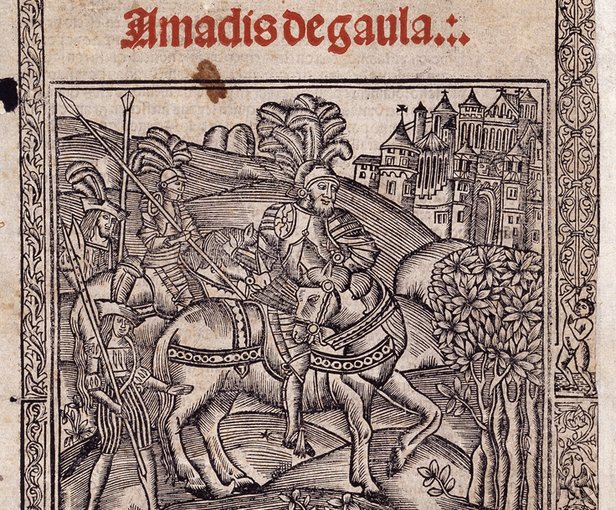The epic hero who inspired the novel Don Quixote: Who is Amadis de Gaula?
Amadis is a very handsome, honest, and brave knight; He is never defeated, and his incredible heroism is intertwined with the story of his love for Oriana, the daughter of the English king Lisuarte. Finally, Amadis marries Oriana, his source of inspiration.

The work, the original of which is lost, was translated into Castilian Spanish by Garcia Ordonez de Montalvo in the 16th century and gained great fame in this form. While the success of Galli Amadis led to the emergence of many inferior similar ones, it also became the inspiration for Miguel Cervantes' novel Don Quixote, in which he mocked such epics.
Amadís de Gaula (in English Amadis of Gaul) (Spanish: Amadís de Gaula) Portuguese and Spanish chivalric romances which were in vogue in the 16th century, although its first version, much revised before printing, was written at the onset of the 14th century in an uncertain place of the Iberian Peninsula.
Amadis, the illegitimate son of the Welsh king Perion from Elisena, was put in a basket and thrown into a river flowing into the sea. Gandales found the baby and raised him as his own son, calling him "Child of the Sea". Later, the king and his wife had a daughter named Melicia and a son named Galaor. When Amadis grew up a little, he went to Perion's palace to receive knighthood training without revealing his identity. Meanwhile, he entered the service of Oriana, the daughter of the English king Lisuarte, who was staying in the palace and fell in love with the girl. An oracle named Urganda, a sorceress predicted that the "Child of the Sea" would become the greatest knight when the time came, and he was declared a knight by the king. Learning that they were brothers, Amadis and Galaor went on various adventures together, rescued kidnapped virgins, unmasked false knights, and fought against giants, monsters, and wizards. While Galaor had fun with many girls, the knight remained loyal to his one and true love, Oriana.
Many of the characters in Amadis are taken from Celtic romances. The work as a whole carries the atmosphere of Arthurian legends, But it differs from these legends in some important points. French romances had previously succeeded in reconciling the seductive eroticism of Celtic tales with courtly values, but it was Amadis who gave medieval chivalry its impeccable dignity.
Amadis and the standards of chivalrous behavior he extolled won the hearts of polite circles throughout Europe. The work became a handbook of chivalric behavior and the style of letters specific to chivalry, especially in France. Throughout the 16th century, numerous poor imitations appeared and many new additions were written to the work. The fatal blow to this fashion was when Miguel de Cervantes, who really valued Amadis, ridiculed the romance genre in Don Quixote.
